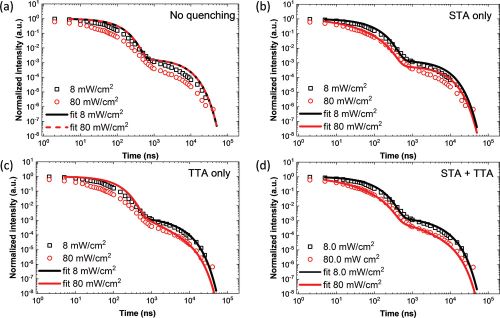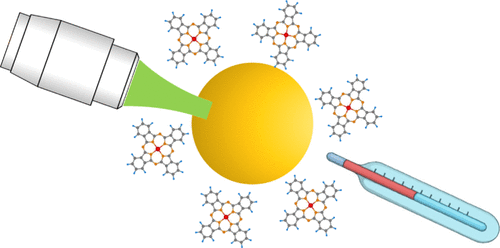What excites us
Our goal is to understand how ordered and disordered coupling interactions in organic chromophore systems mediate photoactivated processes such as light-harvesting, excitation energy transfer, and photoexcited charge separation.
What we do:
We develop new materials, in house and in cooperation with our collaborators, and study photophysical properties using time-resolved spectroscopies. These optical experiments are complemented by a suite of additional methods, including structural characterization, device studies, and computational modelling.
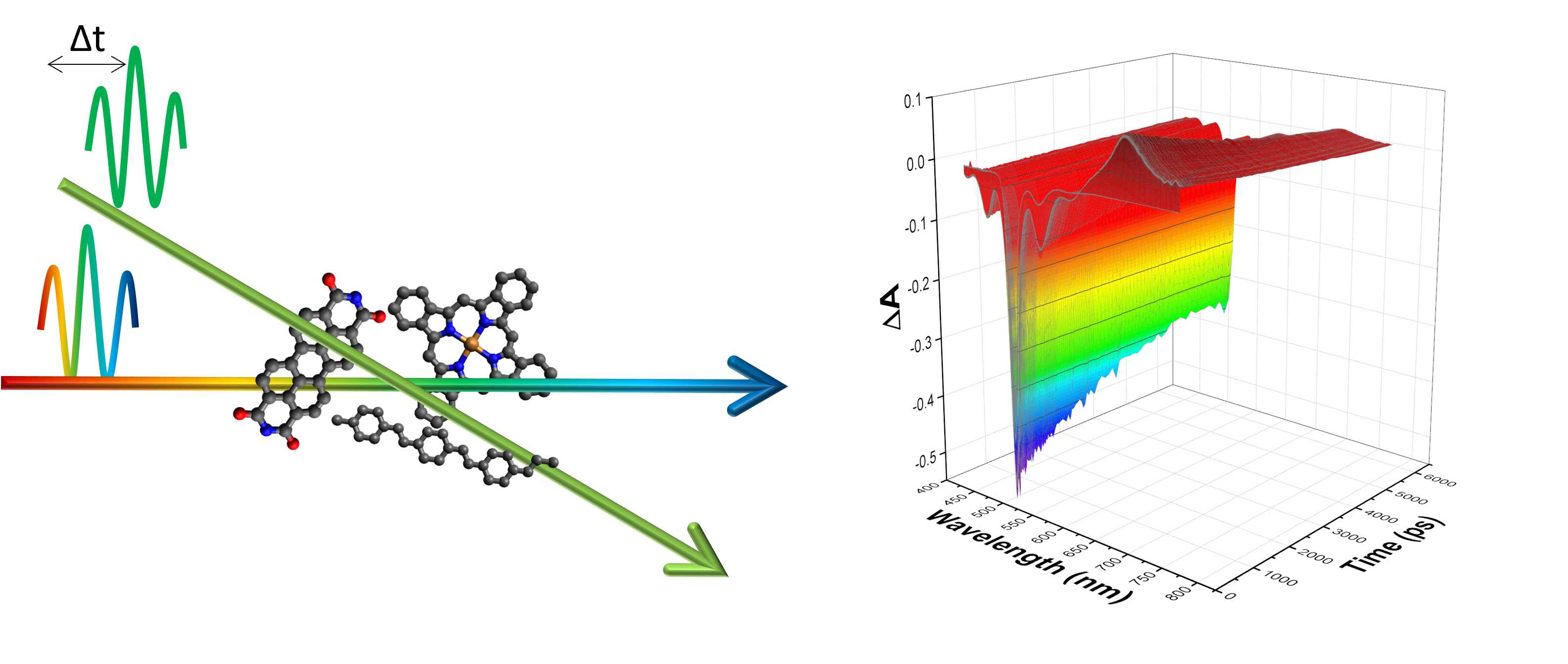
Background
Organic chromophores provide a broad range of possibilities for cost effective and environmentally friendly technologies. These carbon-based materials are attractive for a variety of applications, including solar electricity, solar fuel production, light-emitting diodes, as well as sensors, switches, and transistors. They are also well suited to respond to the increasing need for technologies that are less resource intensive, cheaper, and more environmentally friendly to both produce and dispose.
The π-conjugated backbones of organic chromophores impart attractive light-absorbing and semiconducting properties, and they are furthermore synthetically tuneable and amenable to solution processing techniques. However, these materials still fall short of their promising potential, largely due to the complex balance of order and disorder in these materials. Neighbouring organic chromophores experience electronic, vibrational, and electron-vibrational (vibronic) coupling interactions that determine their photoactive energy landscape. It is critical to understand the interplay between coupling interactions and these processes, as optimizing for one mechanism can often be detrimental to another. For example, close π-π stacking can improve charge mobilities, but can also introduce significant loss processes to light-harvesting and energy transfer mechanisms.

Inter-chromophore aggregation
A recurring theme in our research is exploring how organic systems interact with their neighbors, and how this drives photoactive processes. This can be via ordered structure, as in polycrystalline thin films, via disordered morphologies found in polymer LEDs, and via combination of covalent/non-covalent interactions in supramolecular photocatalysts.
Dynamic materials for sensing and switching
Organic chromophores also hold incredibly promise for smart, stimuli-responsive systems for light-energy conversion applications – but this potential is yet to be fully realized. Smart materials react to changes in their environment (i.e. optical, mechanical, chemical, thermal stimuli) in a controllable and reversible manner. Such systems are therefore attractive for applications such as sensors, switches, dynamic photocatalysis, energy harvesting.

A molecular folda-dimer shows different charge separation pathways depending on the solvent-mediated conformation 10.1021/acs.jpcb.3c07134
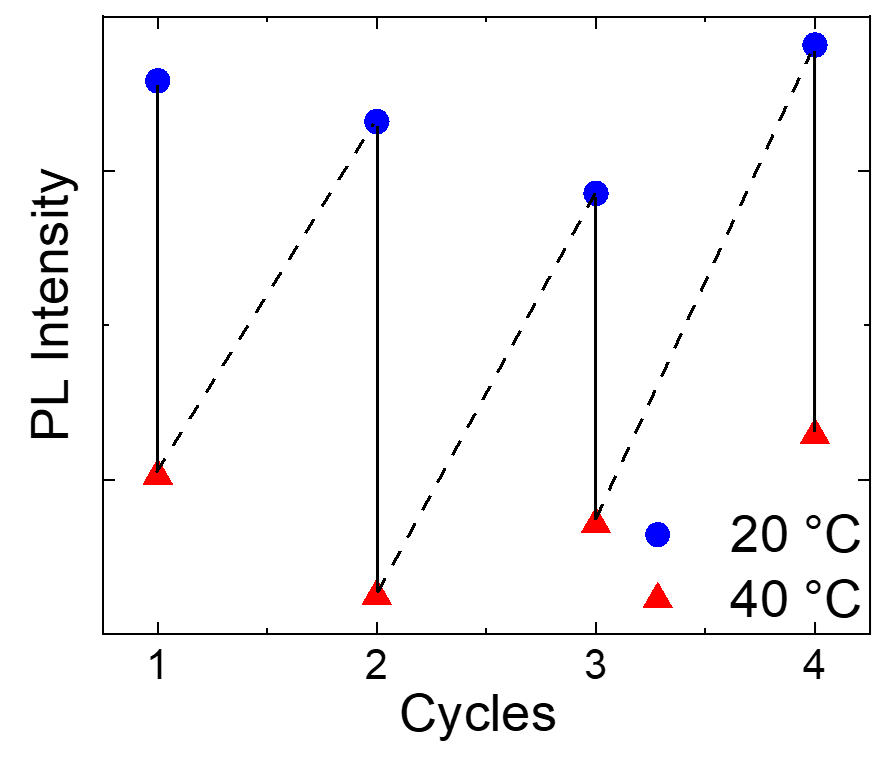
A thermoresponsive polymer shows reproducible changes in fluroescence intensity based on temperature. Ugur et al., in prep.
Vibrational spectroscopy and coupled electrical-optical measurements
The photoactive mechanisms in organic materials must work in cooperation with electrical processes when these semiconductor systems are implemented in optoelectronics. We use Raman (vibrational) spectroscopy to explore how semiconductor materials respond structurally under charge transport conditions. This work has also led to insight on how organic materials respond to heat, and can be used as nanoscale thermometers.
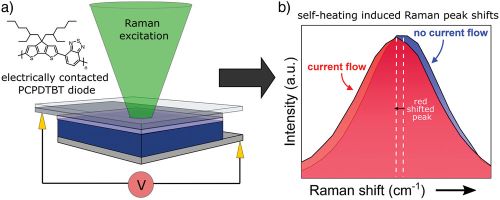
Raman peak shifts measure Joule heating (heating under current flow) in a polymer semiconductor 10.1002/AELM.202101208


